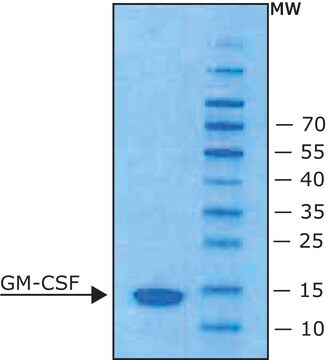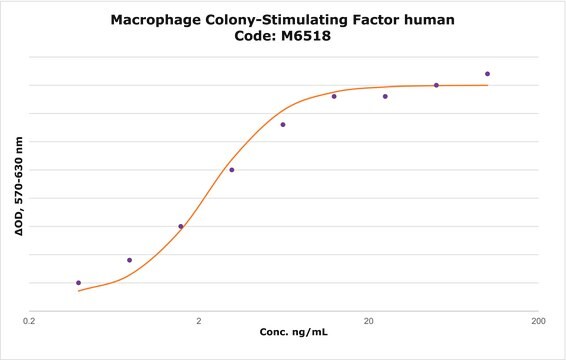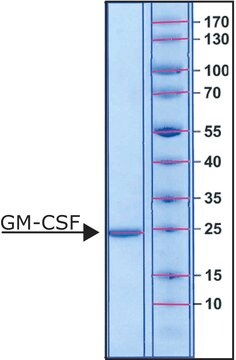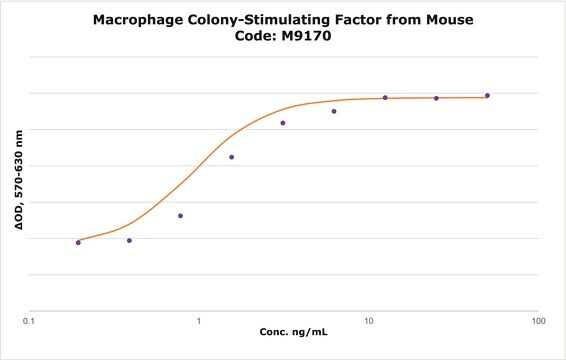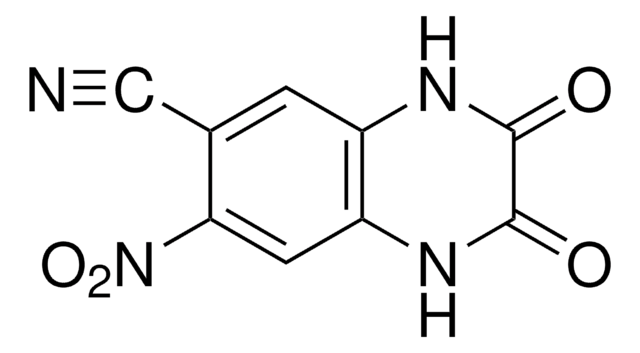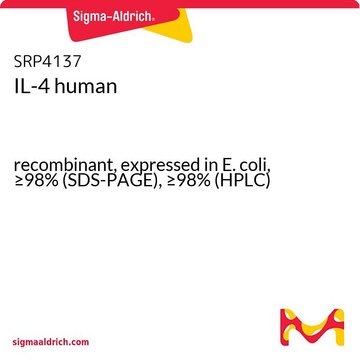G5035
Granulocyte-Macrophage Colony-Stimulating Factor human
≥98% (SDS-PAGE), recombinant, expressed in E. coli, lyophilized powder, suitable for cell culture
Synonym(s):
GM-CSF human
About This Item
Recommended Products
Product Name
Granulocyte-Macrophage Colony-Stimulating Factor human, GM-CSF, recombinant, expressed in E. coli, suitable for cell culture
biological source
human
Quality Level
recombinant
expressed in E. coli
Assay
≥98% (SDS-PAGE)
form
lyophilized powder
potency
≤0.1 ng/mL EC50
mol wt
14.6 kDa
packaging
pkg of 4X5 μg
pkg of 5 μg
storage condition
avoid repeated freeze/thaw cycles
technique(s)
cell culture | mammalian: suitable
impurities
≤1.000 EU/μg
color
white
solubility
water: soluble 0.010 mL, clear, colorless
UniProt accession no.
storage temp.
−20°C
Gene Information
human ... CSF2(1437) , CSF2(1437)
Looking for similar products? Visit Product Comparison Guide
General description
Biochem/physiol Actions
Physical form
Analysis Note
Storage Class Code
11 - Combustible Solids
WGK
WGK 3
Flash Point(F)
Not applicable
Flash Point(C)
Not applicable
Personal Protective Equipment
Regulatory Listings
Regulatory Listings are mainly provided for chemical products. Only limited information can be provided here for non-chemical products. No entry means none of the components are listed. It is the user’s obligation to ensure the safe and legal use of the product.
JAN Code
G5035-4X5UG:
G5035-5UG:
G5035-2UG:
G5035-2UG-PW:
G5035-VAR:
G5035-5UG-PW:
G5035-BULK:
Choose from one of the most recent versions:
Already Own This Product?
Find documentation for the products that you have recently purchased in the Document Library.
Customers Also Viewed
Articles
Read article on hematopoietic cytokines and hematopoiesis
Our team of scientists has experience in all areas of research including Life Science, Material Science, Chemical Synthesis, Chromatography, Analytical and many others.
Contact Technical Service
